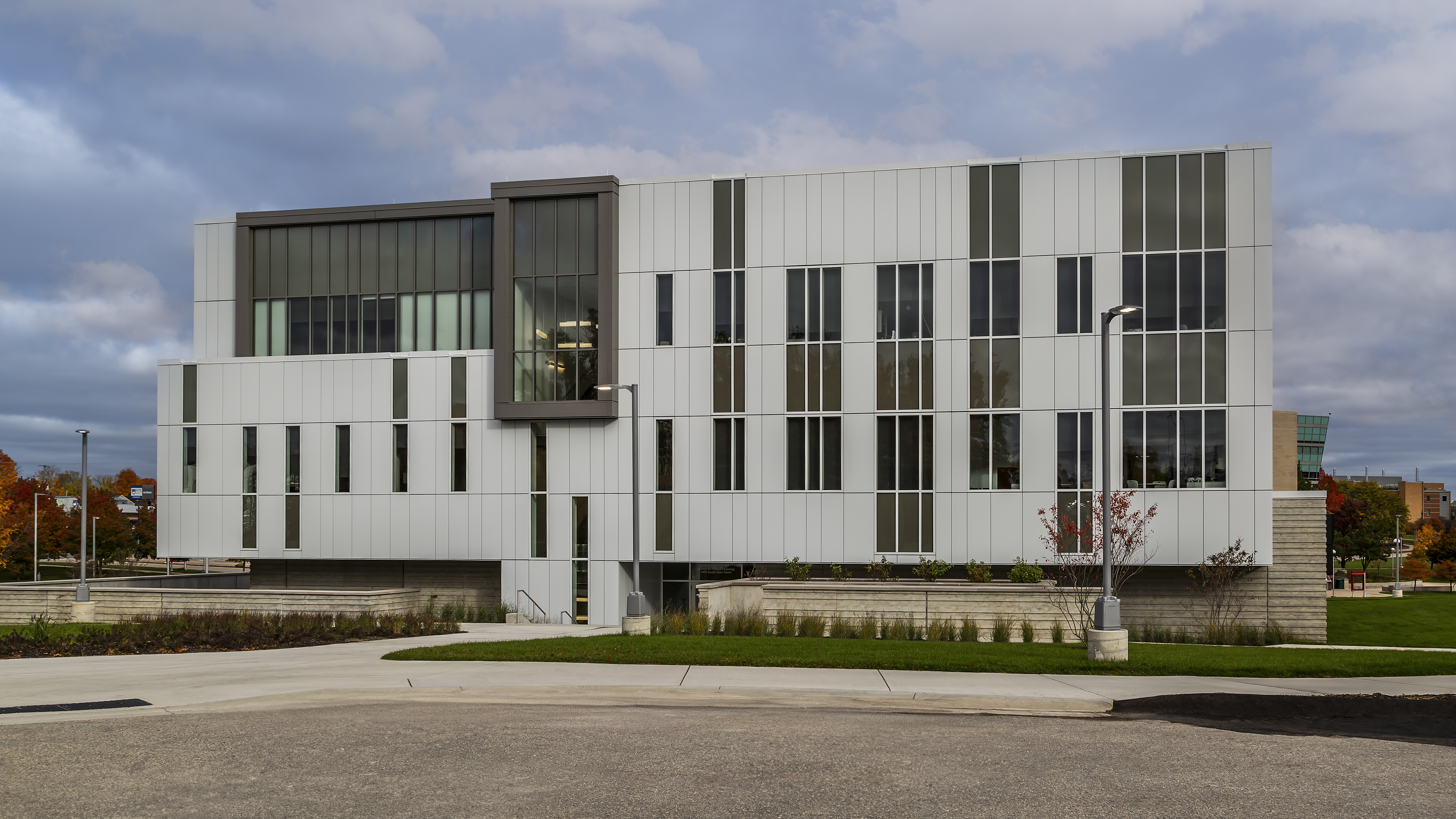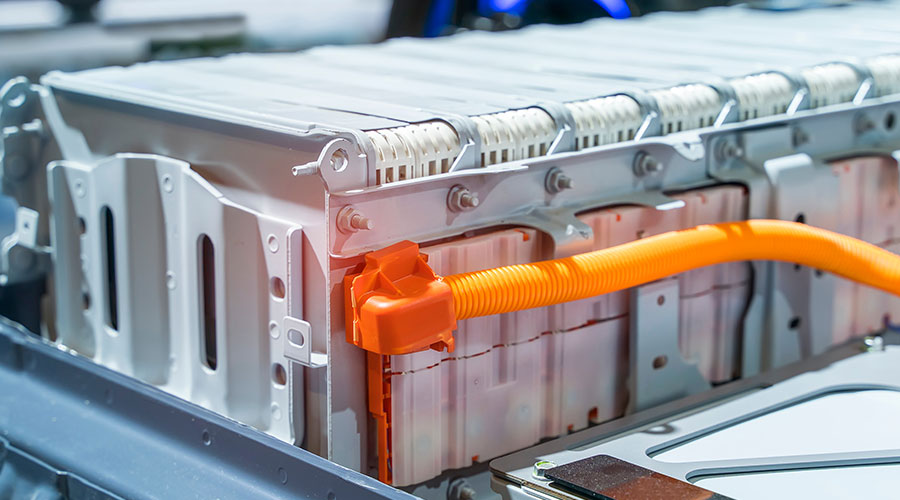
Retrofitted School Buses Give Districts Electric Alternative
By retrofitting fuel-burning buses to electric, districts can save thousands in upfront costs and extend the life of current buses. June 17, 2024
By Dave Lubach, Executive Editor
Even with the federal incentives available, the gradual transition from fossil-fuel burning school buses to electric buses has been met with skepticism in some areas.
Some of the reasons, in addition to the high upfront costs associated with electric buses, other red flags include building up the infrastructure/charging stations to support them and, especially in rural areas, a lack of trust about how far the buses can travel before needing a charge.
While infrastructure and distance concerns can be hurdles to overcome, some states and districts are tackling the cost issues by repurposing fossil-fuel burning buses into electric-powered buses.
An article published by the World Research Institute’s Clean School Bus Initiative makes the case for districts and other organizations to retrofit (or repower) their bus fleets to electric by removing the combustion engine and replacing with an electric drive system that eliminates tailpipe emissions.
As of last month, repowered school buses are being used in California, Illinois and New York with orders in place for Massachusetts and Oregon districts.
Advantages of a school bus retrofit include:
- Upfront cost. A new electric bus costs $395,000 while a retrofitted bus can cost between $100,000 and $200,000.
- Still meet electrification requirements. Retrofitting can speed up the efforts to meet local/state electrification requirements, such as Boston, which plans to electrify more than 700 school buses by 2030 and New York state, which calls for zero-emission bus sales by 2027 and a 100 percent zero-emission fleet by 2035.
- Extend bus life. Instead of replacing an engine or transmission, a conversion to electric can extend the bus’s usable life while lowering the cost of ownership.
- Less pollution. A retrofitted bus prevents more raw materials like steel, aluminum and gas from being scrapped and winding up in a waste landfill.
Dave Lubach is executive editor for the facilities market.
Next
Read next on FacilitiesNet












